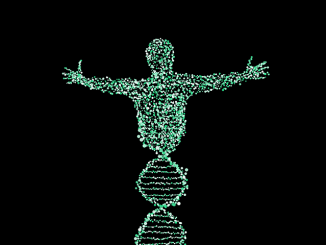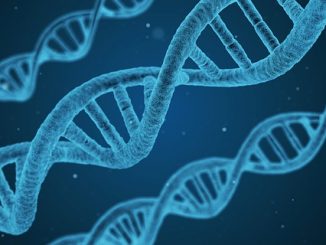
The Pathological Consequences of Bacterial Sialoglycan Mimicry
Bacterial pathogens have evolved sophisticated mechanisms to survive within host organisms, evade immune responses, and establish persistent infections. One such strategy involves the synthesis of […]
![DNA. Nucleic acid purification. Okazaki fragments. PCR (digital PCR [dPCR], multiplex digital PCR, qPCR), DNA Repair, DNA Replication in Eukaryotes, DNA replication in prokaryotes, DNA barcoding](https://foodwrite.co.uk/wp-content/uploads/2016/11/dna-geralt-pixaby-03539309_640-326x245.jpg)

